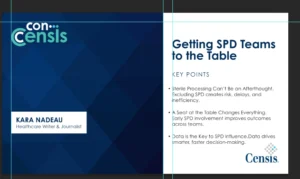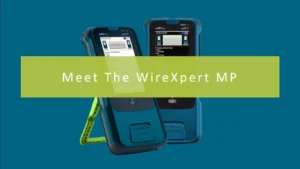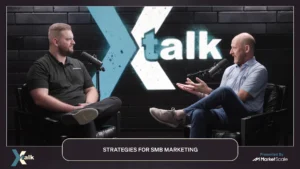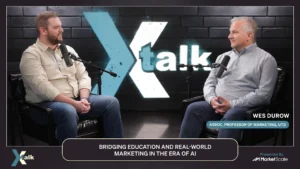Should Distributed Ledger Technology Leaders Play in the EU’s Regulatory Sandbox?
Regulation. It’s a four-letter word in some sectors. But for distributed ledger technology and the larger cryptocurrency and blockchain industry, the various high-profile collapses in the last several months have forced many innovators and legislators to feel regulation for the industry is far overdue. In December 2022, The Global Digital Asset and Cryptocurrency Association published an open letter pleading with companies to take action in the crypto industry to do their part in promoting operational and ethical stewardship in the industry. Now other government organizations are taking initiative to clarify what is a decidedly murky ecosystem of regulatory standards.
One body taking a serious look at blockchain regulations is the European Commission. In February of this year, they launched a regulatory sandbox for innovative use cases involving distributed ledger technologies, like blockchain-based solutions. This move established a pan-European framework for regulatory dialogues to increase legal certainty for innovative blockchain solutions.
Over in the U.S., Congress creates any regulatory action on crypto and other DLTs; key groups in the industry are pointing out that despite its best enforcement efforts, the SEC cannot regulate crypto without a legal guideline from Congress. And unless a divided U.S. congress finds the willingness to compromise on a set of distributed ledger technology regulations, anyone looking for criteria and best practices should grab their shovels and hit the sandbox in the EU for inspiration.
Is the EU’s move with encouraging industry feedback on DLT regulation the right play, and could success with their regulatory sandbox influence future action in the U.S.? Bryan Daugherty, Global Public Policy Director of the Bitcoin Association, gives his take.
Bryan’s Thoughts
“This EU regulatory sandbox is an important first step towards promoting innovation in the blockchain space by directly connecting regulators and innovators, thus allowing for an unrestricted open discussion about regulations. This will also help identify any legal or regulatory obstacles that could potentially be hindering development and adoption.
This will ultimately increase legal certainty and provide a more conducive environment for innovative blockchain solutions to thrive. The inclusion of a sandbox is especially noteworthy as it will allow regulators to stay up to date on the latest advancements and make informed decisions about how best to regulate them.
Overall, this project is an exciting development for the blockchain community and one that will undoubtedly lead to a greater understanding that blockchain, not cryptocurrencies, provides a long-term, transformational change in how we manage and monetize our data. One key area that I hope the Sandbox takes time to consider is the modeling by which we currently measure the energy utilization of blockchain and distributed ledger technologies.
Global scalability is a requirement for these technologies to make a real impact on our daily lives as well as drive global economic growth. This will require transactional throughput. I believe this will allow more to understand the implications of all the various blockchain consensus mechanisms, ensuring that we do not trade security for a false sense of sustainability.
The United States has just only begun to acknowledge and explore the potential of blockchain technology and would greatly benefit from a similar sandbox program. This would place the United States in a much stronger position to lead and gain a competitive advantage.”








